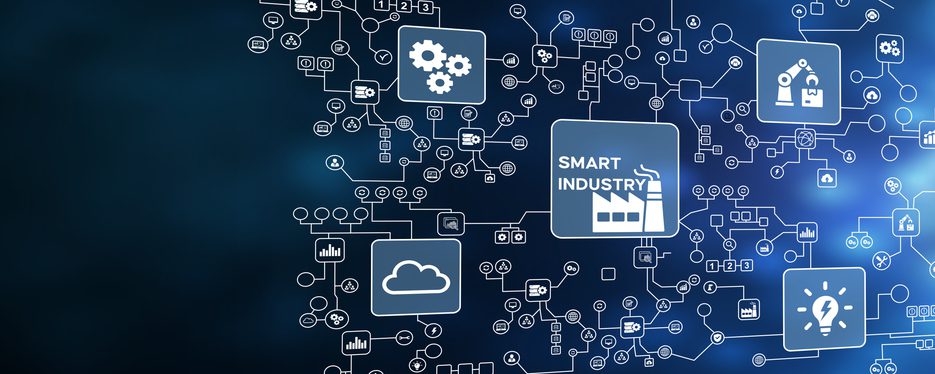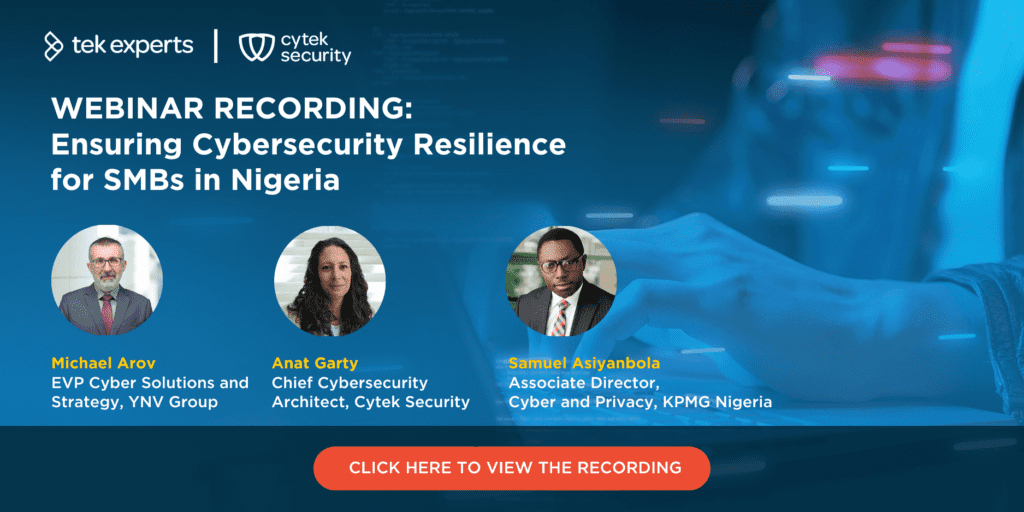ABOUT US
Cytek Security provides state-of-the-art cybersecurity solutions, delivered by the world’s top cyber experts. This includes advisory and implementation services, managed security services, and capability building.
Security Operations Centers play a critical role in protecting organizations against cyber threats by providing continuous monitoring, incident response, and threat intelligence capabilities. However, one of the key challenges faced by SOCs is ensuring compliance with various regulatory requirements. Compliance rules constantly evolve, and businesses must keep up with these changes to maintain a strong security posture and avoid penalties or reputational damage.
Understanding compliance in SOC operations is crucial for organizations to overcome these challenges effectively. This is where managed SOCs emerge as a powerful solution. MSOC providers offer organizations access to a team of security specialists, advanced security technologies, and streamlined processes designed to address compliance hurdles effectively.
Common Compliance Challenges
Organizations need help in their quest to achieve and maintain compliance. Here’s a deeper dive into some of the most prominent challenges:
Complexity of Compliance Frameworks
These regulations, SOC 2 (Security, Availability, Confidentiality 2) and HIPAA (Health Insurance Portability and Accountability Act) are often dense documents with intricate control requirements. Understanding the specific controls needed to achieve compliance can be daunting for even seasoned IT professionals. This lack of clarity can lead to:
- Misinterpretations: Organizational stakeholders may interpret the controls differently, leading to consistency and process delays.
- Incomplete Implementation: Confusion around specific control requirements can result in organizations overlooking crucial security measures, leaving them vulnerable to cyberattacks.
- Non-Compliance Penalties: Misinterpretations or incomplete implementation can lead to non-compliance findings during audits, resulting in hefty fines and reputational damage.
Resource Constraints
Building and maintaining an in-house SOC requires a significant investment in highly skilled cybersecurity personnel. These professionals are in high demand, and their salaries can be substantial. This creates a significant financial burden for organizations, especially for smaller businesses.
Furthermore, the cybersecurity landscape constantly evolves, with new threats emerging and existing ones becoming more sophisticated. This necessitates ongoing training and upskilling of security analysts to stay ahead of the curve. Keeping pace with these evolving threats requires continuous investment in:
- Personnel Training: Security analysts need regular training on the latest security tools, threat detection techniques, and compliance frameworks.
- Technology Updates: To maintain effectiveness, security measures must constantly be updated with the newest threat intelligence and vulnerability patches.
Maintaining Continuous Monitoring
Effective compliance demands 24/7 monitoring of an organization’s technology infrastructure for potential threats and vulnerabilities. Analysts are tasked with sifting through various security alerts generated by various security tools. This overwhelming volume of alerts can lead to:
- Alert Fatigue: Analysts become desensitized to the constant barrage of alerts, potentially missing critical security incidents due to information overload.
- Improper Prioritization: The sheer number of alerts can make it difficult for analysts to prioritize effectively, potentially leaving high-risk incidents unaddressed while focusing on less critical ones.
Vendor Management Challenges
Organizations must ensure their vendors adhere to strict data security and privacy regulations. This necessitates:
- Vendor Risk Assessments: Organizations need to assess the security posture of their vendors to identify potential vulnerabilities that could expose sensitive data.
- Ongoing Monitoring: The security posture of vendors needs to be continuously monitored to ensure they remain compliant with relevant regulations.
- Mitigating Risks: Organizations must implement strategies to reduce potential compliance risks associated with vendor security weaknesses. This may involve contractual agreements or requiring vendors to undergo security audits.
How Managed SOCs Overcome Compliance Challenges
Managed security operation centers offer a comprehensive solution that empowers organizations to overcome the complex hurdles of achieving and maintaining compliance. Here’s how MSOCs tackle each of the key challenges:
Compliance Framework Expertise
SOC providers boast seasoned cybersecurity professionals with a deep understanding of various compliance frameworks (e.g., SOC 2, HIPAA, PCI DSS). They act as trusted advisors, offering organizations the following benefits:
- Compliance Gap Analysis: MSOCs can thoroughly analyze your current security posture to identify gaps between your existing controls and the requirements of relevant compliance frameworks.
- Translation to Action: They can translate the intricate control requirements into clear, actionable steps, creating a roadmap for achieving compliance.
- Implementation Guidance: SOC teams assist with implementing necessary security controls, ensuring they align with specific framework requirements.
- Ongoing Support: They provide continuing support throughout the compliance journey, answering questions, clarifying ambiguities, and ensuring continuous adherence.
Scalable Security Resources
Building and maintaining an in-house SOC requires a significant investment in highly skilled cybersecurity personnel. MSOC offer a cost-effective solution by providing access to a pool of these professionals, eliminating the need for:
- Recruitment and Retention Challenges: They handle the recruitment and retention of top cybersecurity talent, allowing organizations to focus on their core business functions.
- Training and Upskilling Costs: They are continuously trained on the latest security tools and threat intelligence, ensuring your organization benefits from their expertise without the associated training costs.
- 24/7 Monitoring: They offer dedicated security analysts who operate around the clock, ensuring continuous monitoring of your IT infrastructure for potential threats and vulnerabilities.
Advanced Threat Detection and Prioritization
MSOC utilizes sophisticated security tools and technologies to streamline threat detection and incident response. These tools go beyond simply generating alerts, offering features like:
- Security Information and Event Management (SIEM): SIEM platforms aggregate data from various security tools, providing analysts with a holistic view of potential threats and vulnerabilities.
- Advanced Analytics and Machine Learning (ML): These functionalities help filter out false positives and prioritize high-risk incidents, reducing alert fatigue for security analysts.
- Automated Threat Intelligence Feeds: MSOC services provide access to constantly updated threat intelligence feeds, allowing analysts to stay ahead of evolving cyber threats.
Streamlined Vendor Risk Management
Many providers offer comprehensive vendor risk management services, mitigating the challenges associated with third-party security. Here’s how MSOC helps:
- Vendor Risk Assessments: MSOC providers can thoroughly assess your vendors’ security posture, identifying potential vulnerabilities that could expose your data.
- Continuous Monitoring: They can monitor your vendors’ security practices to ensure they comply with relevant regulations.
- Vendor Remediation: MSOC teams can work with your vendors to implement necessary security controls and address identified vulnerabilities.
- Contractual Review and Negotiation: They can assist in reviewing and negotiating vendor contracts to ensure they include clauses addressing data security and compliance obligations.
Cytek’s Approach
Navigating the complex world of compliance can be daunting for organizations. While maintaining data security and privacy is crucial, the challenges associated with achieving compliance can be significant.
Cytek offers a compelling solution by providing organizations with the expertise, resources, and technology required to overcome these challenges. Our security operation center provides:
- 24/7/365 Security Monitoring: Our team of cybersecurity experts uses the industry’s most advanced AI-powered security platform, Microsoft Sentinel, to deliver comprehensive cybersecurity solutions and 24/7 protection for your business.
- Investigation and Analysis: We analyze security incidents, breaches, and potential threats to give you clear insights. This helps you develop effective strategies to contain, resolve, and prevent future attacks.
- Incident Response: Our on-demand team is ready for force majeure incidents and will provide immediate support to your team. We implement an effective response plan and get back to business swiftly.
- Security Operations (SecOps): We offer around-the-clock monitoring of your entire network, including user activity and devices. Our real-time data analysis and alert correlation help us quickly identify and respond to threats. We can scale our monitoring to your needs, providing extra security personnel to ease the burden on your internal team, from basic after-hours coverage to 24/7/365 protection.
Businesses can leverage our capabilities to achieve and maintain compliance efficiently and cost-effectively, allowing them to focus on their core business objectives with greater peace of mind. Speak to one of our experts: https://cytek-security.com/contact/





